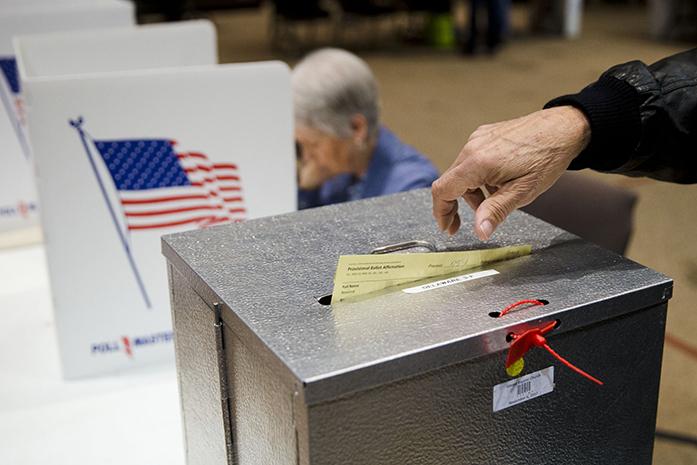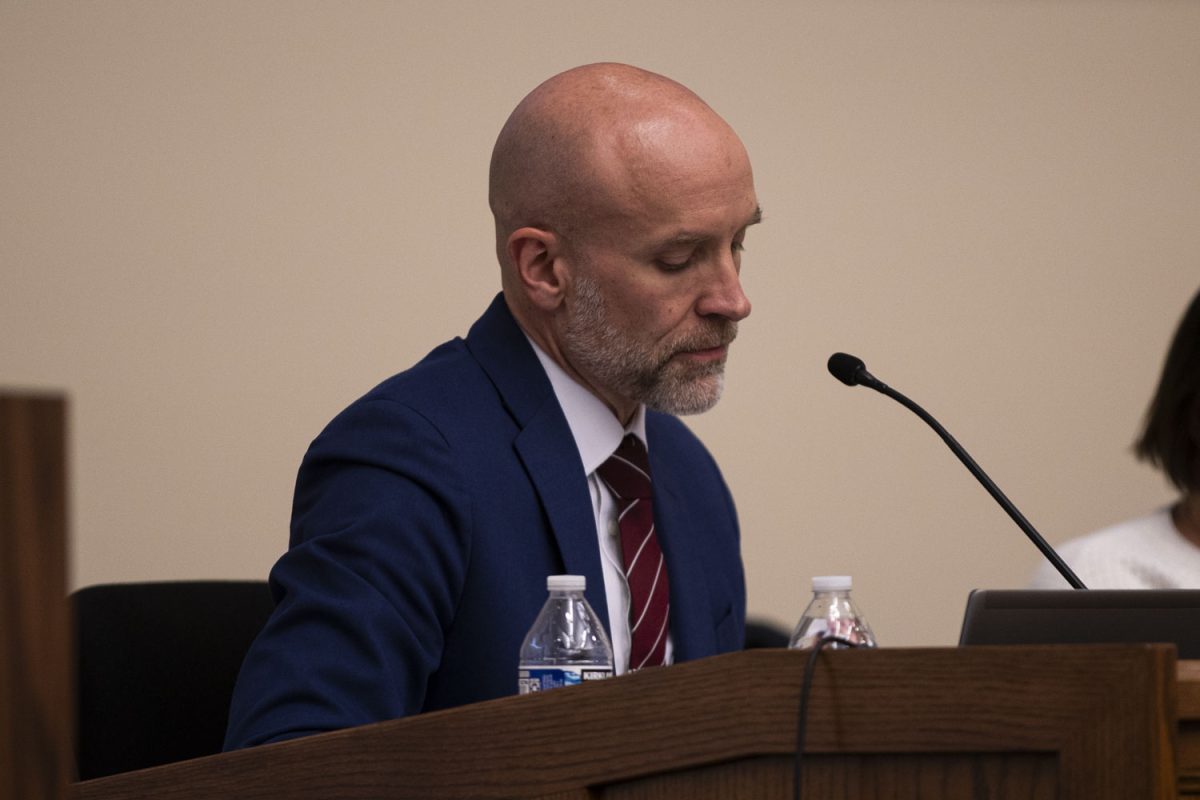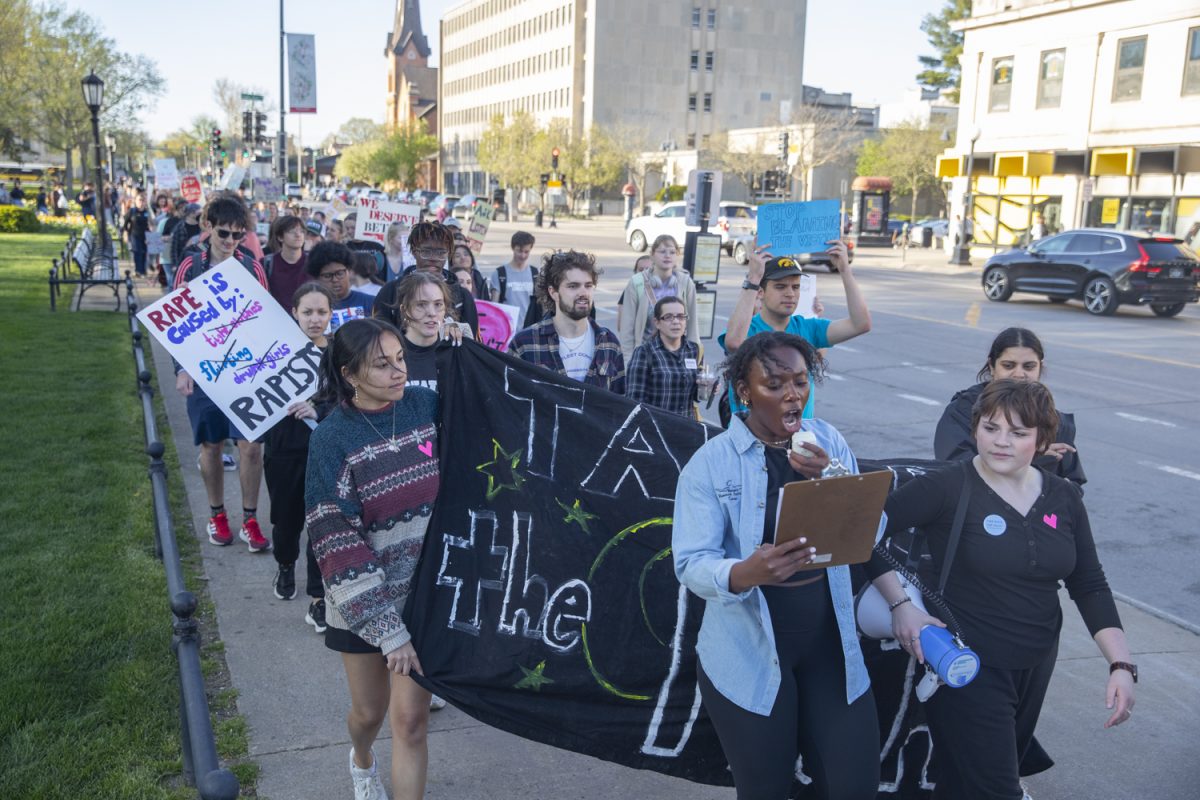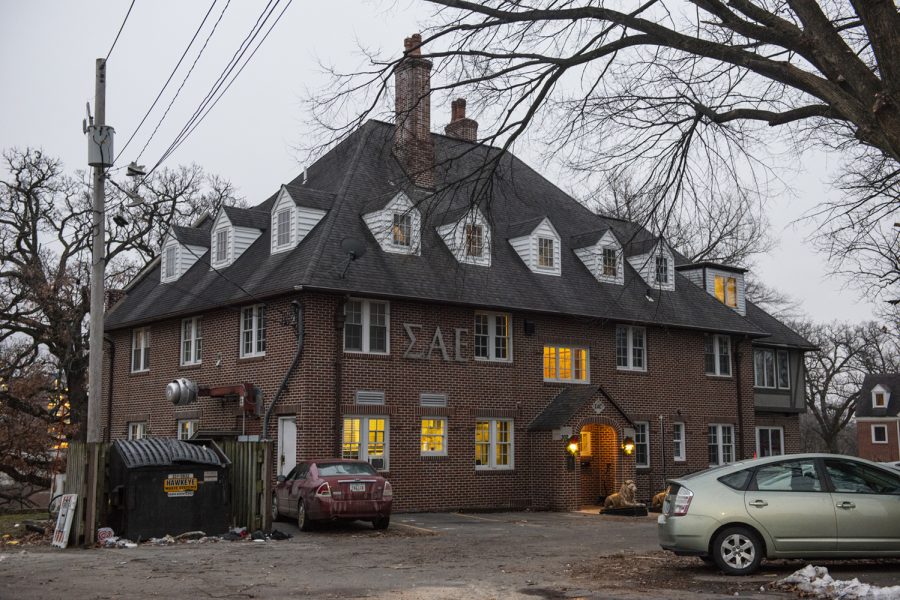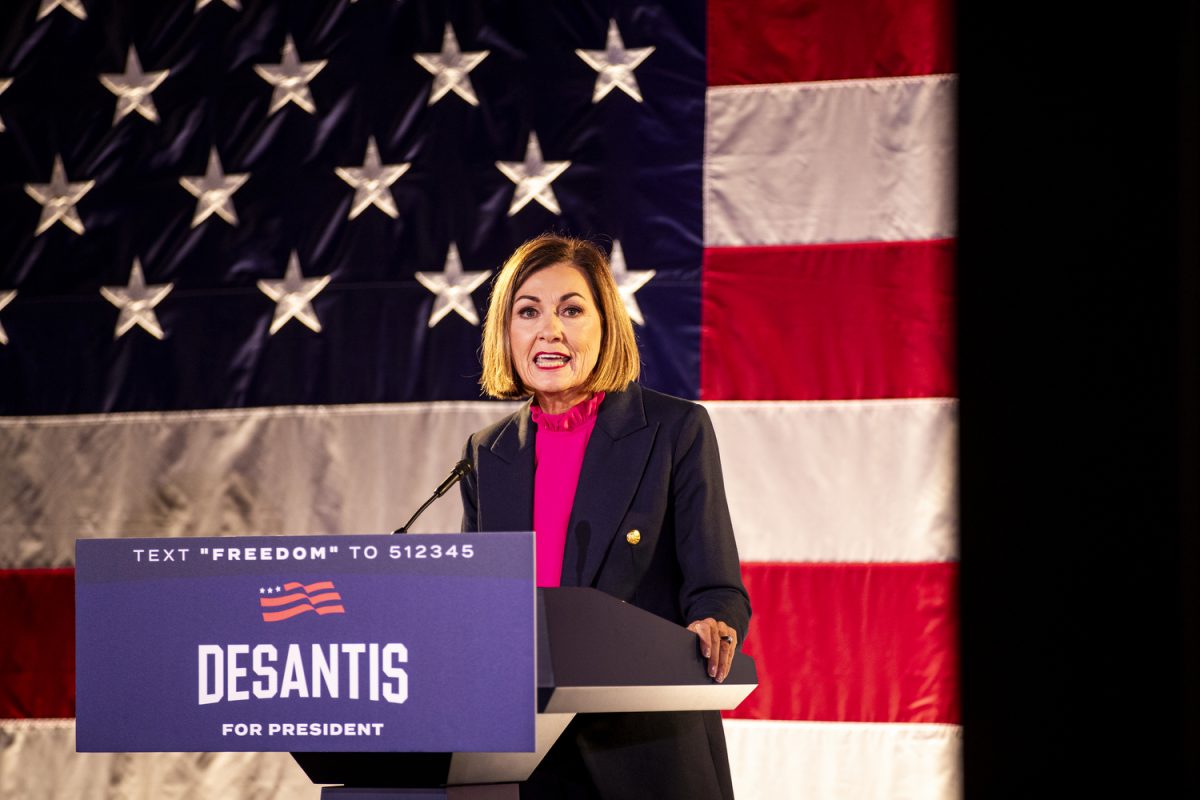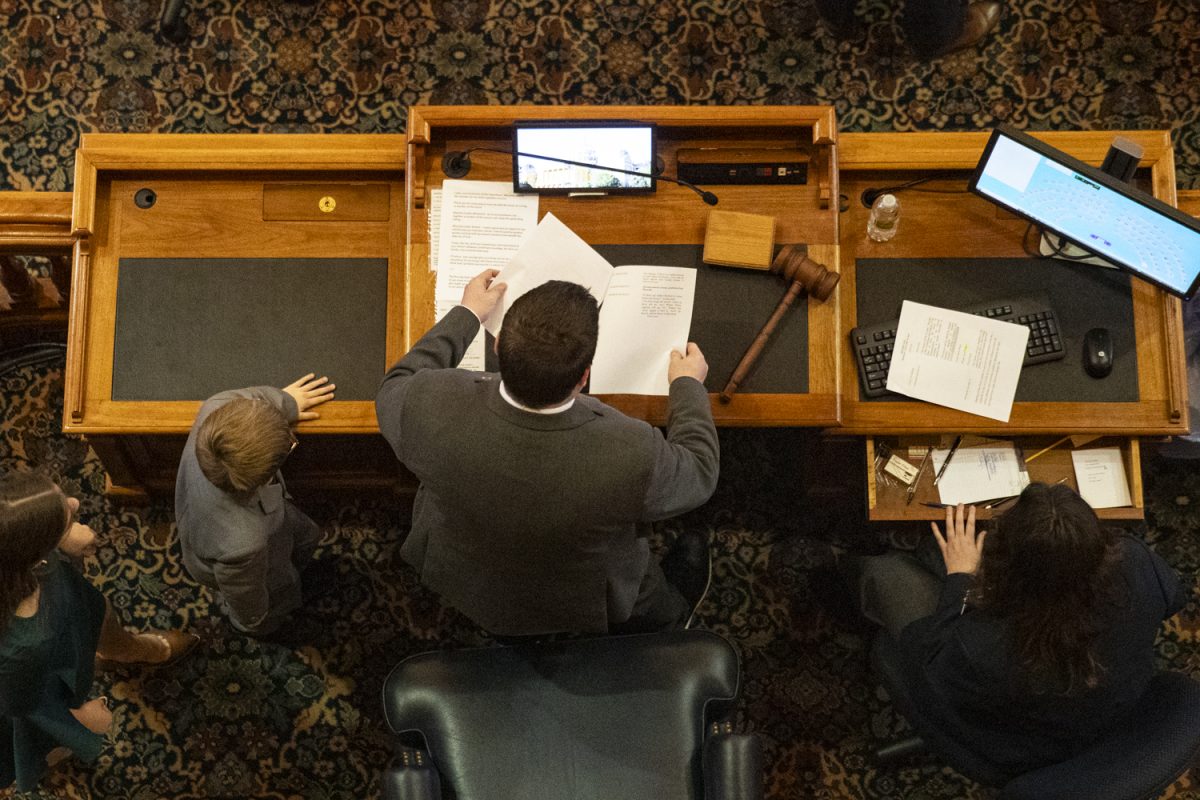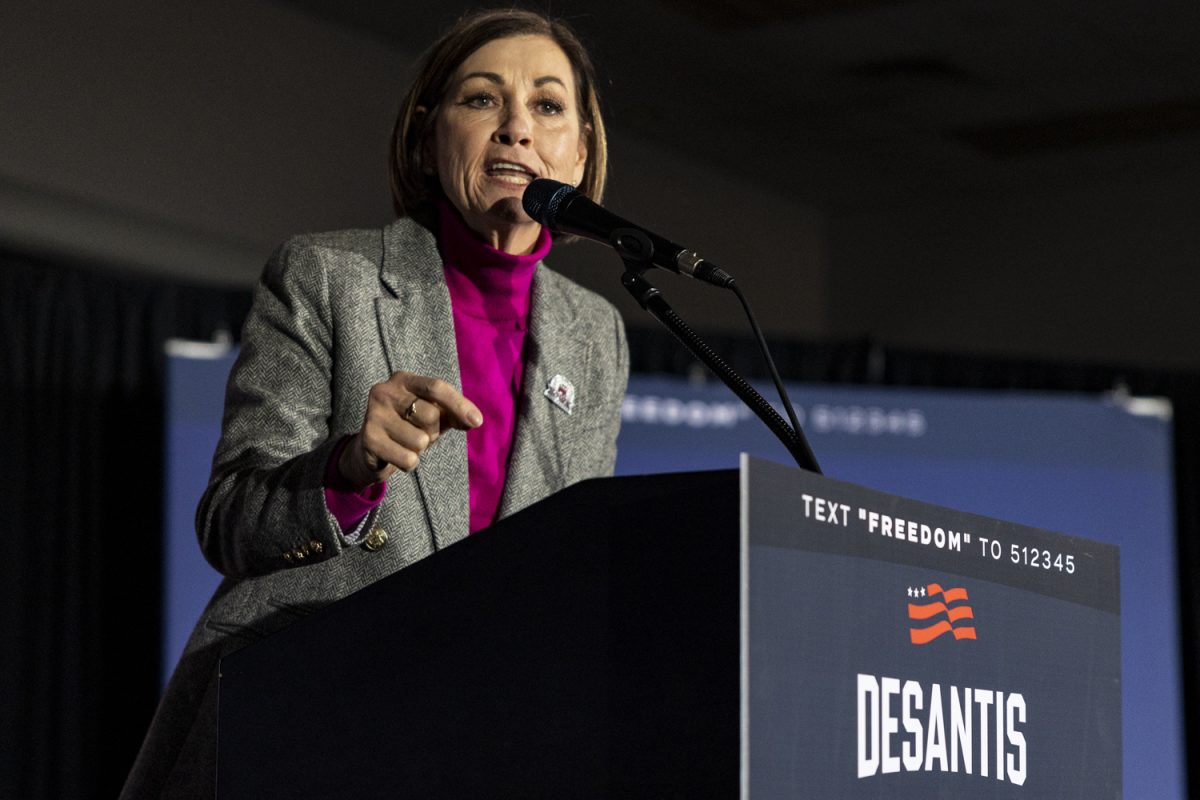Young voters in Iowa could have an impact up and down the ballot, if only they knew.
By Emily Kresse
University of Iowa students interviewed by The Daily Iowan are disproportionately more informed about the presidential race than congressional races, local races, and nonpartisan offices and issues.
UI freshman Shannon Robinson opted for early voting via the satellite location at her West Side dormitory rather than casting a ballot in her home state of Michigan.
She said that although she felt educated about whom she wanted to vote for president, she was not familiar with the local and state offices on the ballot and chose to leave some blank.
Mohad Awan, a junior from Waukee voting in Iowa City, also was unfamiliar with the candidates specific to district, such as the race for the U.S. House of Representatives 2nd District seat between incumbent Democrat Dave Loebsack and Republican Christopher Peters.
The actual voting experience, however, he said, was easy to understand. “They walked you through it,” he said about poll workers where he voted.
This follows a national trend identified in a poll by the Center for Information and Research on Civic Learning and Engagement. The poll, conducted by the GfK polling firm, found that while three out of four voters aged 18-34 are keeping up with the 2016 presidential election, only three out of 10 are paying attention to congressional elections.
The firm contacted 1,605 people in the United States, and the poll had a margin of error of 3 percentage points.
Of the more than a dozen students interviewed after voting, all said there were parts of the ballot they did not know who the people were or what the specific sections meant.
Despite this disengagement with local representation, Iowa youth have a special opportunity to shape their state’s congressional ticket.
Three of Iowa’s four congressional districts are most likely to be influenced by young voters, aged 18-29, according to the Civic Center. Of all 435 House races, Iowa’s 1st District is ranked most likely to be affected by the youth vote, and Iowa’s 2nd District is ranked third.
These rankings were based on districts’ Youth Electoral Significance Index, which, according to the report, “is based on a Civic Center analysis of more than a dozen indicators, including demographic data, historical voting patterns, and projected competitiveness in 2016,” among other factors.
During satellite locations on campus — one day at Petersen Residence Hall and a week at the IMU — more than 2,000 voters turned out. Three times as many voters have voted at all Johnson County satellite locations.
First-time-voter and UI sophomore Jenah Black said she chose to vote in Iowa because it is a swing state and her home state of Minnesota consistently votes Democrat, so her vote for Democrats in Iowa would have more sway.
The sample ballot that she looked up online to research the candidates did not include the judicial-retention portion, so that caught her off guard, she said. The Johnson County Auditor provides sample ballots online, and the judicial retention is on the second page of the ballot.
“The judges were weird, but everything else was straightforward,” she said.
Because of this, Black only filled out part of her ballot because she did not want to vote for someone she would not want in office, she said.
The back of the ballot includes nonpartisan offices, judicial retention and Public Measure C, an initiative to reduce the number of signatures needed to put issues on the ballot.
The judicial-retention vote is simply marking yes or no on whether the judges should keep their seats. They are not elected, they are appointed by the governor from a pool of candidates chosen by a nominating commission. The retention vote is meant to “focus on the professional competency of Iowa’s judges rather than the popularity of individual rulings,” according to the Iowa Voters’ Judicial Directory.
This year, three Iowa Supreme Court justices are up for retention. This is the first time these three justices will face voters since the unanimous 2009 ruling that said gay marriage was legal in Iowa. In 2010, all three justices up for retention were tossed out, the direct result of an anti-gay-marriage campaign to remove justices involved with the decision. This marked the first time Iowa Supreme Court justices were unseated since it became a ballot item in 1962.
In addition to the Supreme Court justices, four Court of Appeals judges and District Court judges are up for retention.
The last item on Iowa City ballots is whether the city should adopt a public measure to lower the number of signatures needed to get initiative referendum petitions (such as Measure C) onto the ballot. Currently, 25 percent of the number of eligible voters from the last regular city election are required in order to get a petition onto a ballot, with a minimum of 3,600 signatures. The proposed change will lower that to 10 percent, the same as the Iowa Code.
Although the measure is on the ballot, Black said that it did not explain it in full. “Even though it said what it was I didn’t actually understand what it would change, like what impact it would have,” she said.
To put that in perspective, 6,865 of the 45,177 registered voters cast ballots in the 2015 local election. Under the current requirements, 25 percent of the voters translates to 1,716, well under the 3,600 minimum. If Public Measure C is passed, only 686 signatures would be needed.
Arguments against Measure C include the added cost to the city of allowing more issues on ballots and that issues that cannot get at least 3,600 signatures are perhaps not worthy of being on the ballot.
Proponents argue that this measure strengthens democracy by allowing more direct access between voters and elected officials. According to the “Vote Yes on Measure C” website, “the current process requires petitioners to spend anywhere between 1,000 to 1,500 hours amassing signatures simply to bring an issue for discussion before the City Council and/or the voters. That’s six to nine months of full-time work.”




